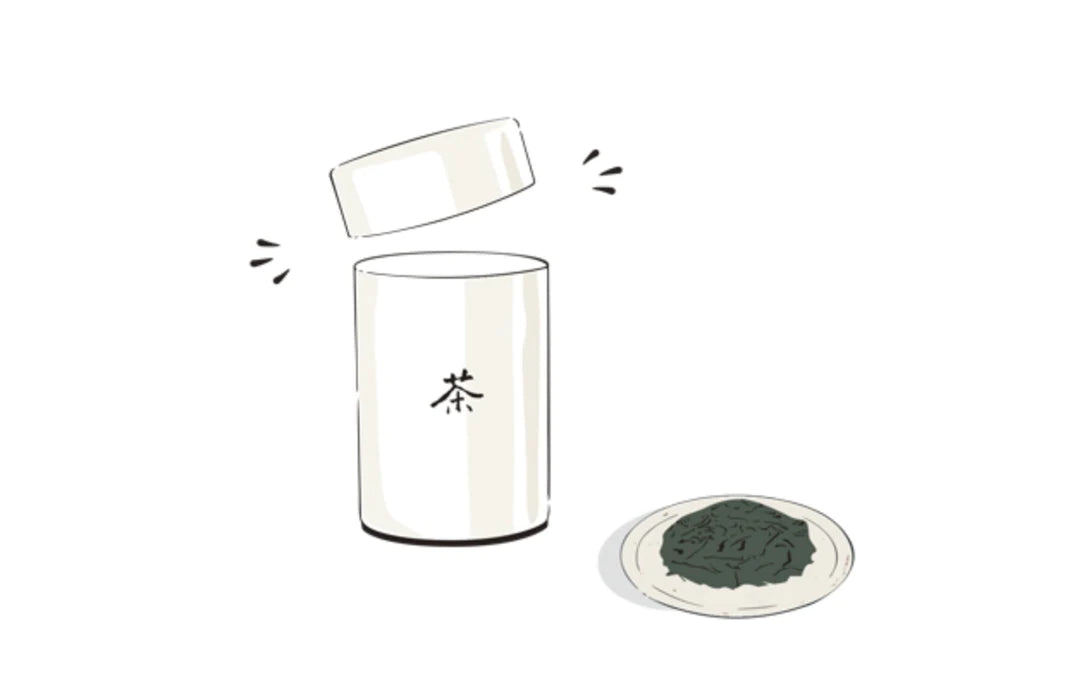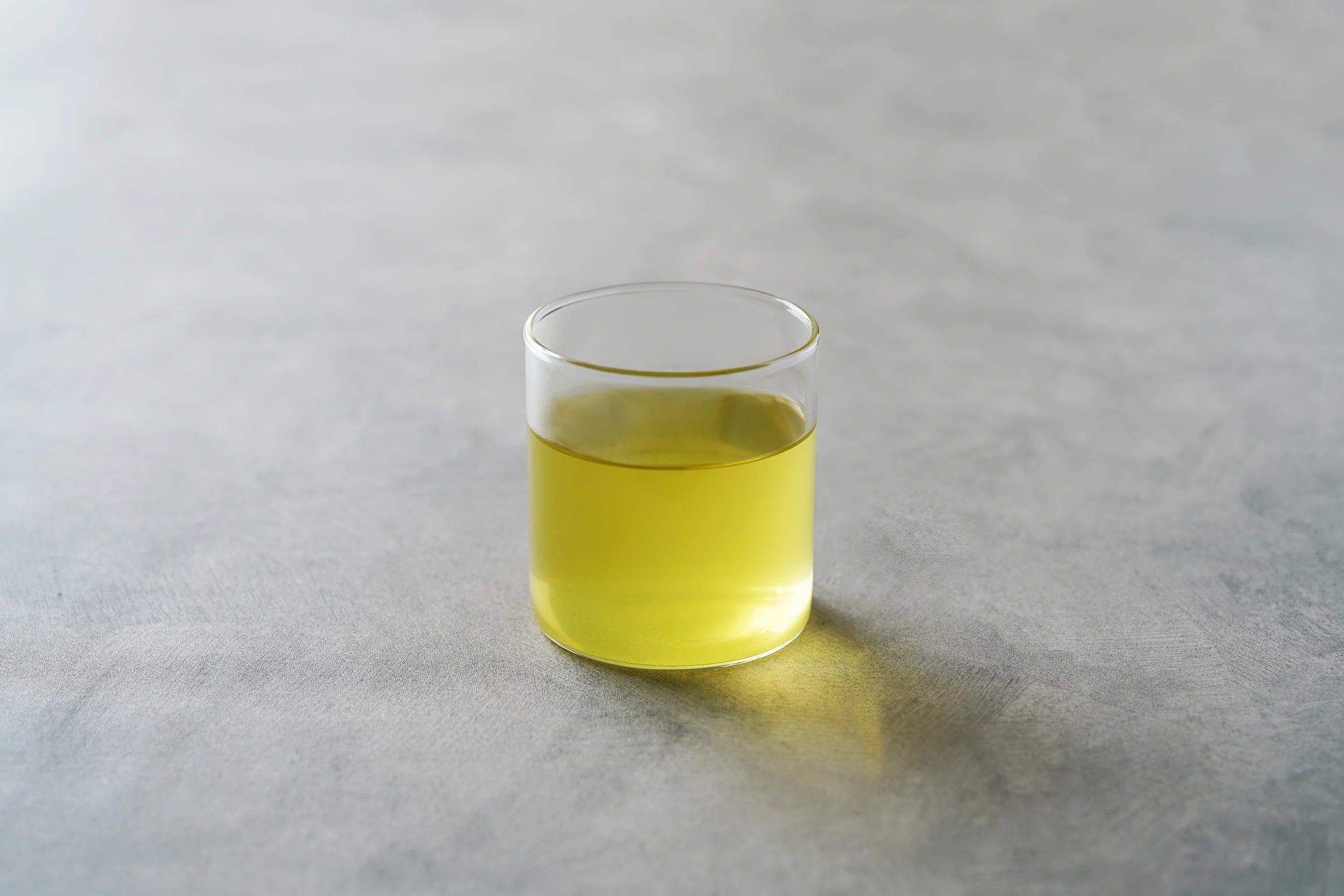The following are the differences between Sencha “Tokichi” and other types of sencha we usually carry:
What Is Sencha "Tokichi"
“Dosen-bo” is an area in Minami Yamashiro Mura in the southern part of Kyoto Prefecture. Located at a higher altitude with a climate characterised by a changing temperature difference during day and night throughout the year. The village is highly suitable for tea cultivation and an excellent production area of sencha with a robust bitterness, astringency and noble aromas, which are aspects not very commonly encountered recently. To produce Sencha Tokichi, we slowly mature the tea cultivated at Dosen-bo until autumn in order to enhance it's richness and deepness. Its flavour, comprised of masculine and wild distinct tastes, may at first be found hard to enjoy if you are accustomed to today’s mellow and sweet mainstream sencha which is easily drinkable. However, Sencha Tokichi overflows with the charms of sencha, making you feel like having more than one at a time.
What is Sencha “Tokichi Jukusei”?
“Tokichi Jukusei” is a sencha produced by leaving Sencha “Tokichi” age for one more year.
Although it is not true with all kinds of tea, in comparison to a young tea, most tea deepens its aroma and richness and renders a broader and more refined sweetness, deliciousness (umami), bitterness and astringency as time passes after harvesting, as long as the tea's oxidization is controlled under proper temperature and humidity. While Sencha “Tokich” is strong and sort of harsh, "Tokichi Jukusei" is milder and characterised by a deeper aroma and richness which are rendered through the process of maturation. In addition, as we have applied stronger firing, the tea is recommendable to people who wish to avoid bitterness and astringency and enjoy the charms of a mature tea precisely opposite to shincha or new tea.
What Is Sencha “Tokichi Rindobata”?
Unlike the other types of sencha we usually carry, Tokichi Rindobata is a sencha we have cultivated by blocking out the sunlight briefly before harvesting. Shading softens the bitterness and astringency while increasing it's sweetness and deliciousness (umami). As a result, it allows us to produce a mild and easily drinkable sencha. On the other side, shading can render the taste of the tea closer to kabusecha, diminishing the charms and characteristic of sencha such as a brisk bitterness and astringency, freshness and a clean-cut aftertaste. We have adjusted the extent of covering to pursue the best balance between increasing the tea's deliciousness (umami) and sweetness and to retain the charms of sencha while producing Tokichi Rindobata. The tea is best prepared by using hot water at 80 °C. However, we recommend brewing with water at about 70 °C and to wait for one minute before serving. By doing so, bitterness and astringency can be suppressed and it's sweetness and unique taste can be fully enjoyed.
Differences between Sencha “Tokichi” and Normal Sencha
sweetness

- Refreshing without being too sugary. Elegant and exquisite. A modest aftertaste remains on the tongue and disappears at the best timing.
umami

- Free of stickiness. Rich while being clear. Perfectly balanced with sweetness, bitterness and astringency.
bitter and astringent

- Filled with robust wildness. Bursts out, spreads and disappears in a moment with a pleasant elegance.
aroma

- Complex as if inside the forest. A mixture of Deepness, freshness and nobleness. The aroma would make one utter “Oho!” despite oneself.
colour

- Thick, cragged and robust. As the tea leaves are not as slim, their appearance may appear slightly inferior.
liquor colour

- Clear dark golden yellow. May be tinged with red and very little bluish green.
How to Make Good Cups of Tea (for two)
Sencha Tokichi is an opposite type of sencha in comparison to today’s mainstream sencha. Bring out it's aroma, bitterness and astringency to fully enjoy its masculine and wild flavour.

Recommended Way To Taste

To Accentuate Bitterness

how to store
Here are some tips to keep your tea fresh and enjoy it tastily.






